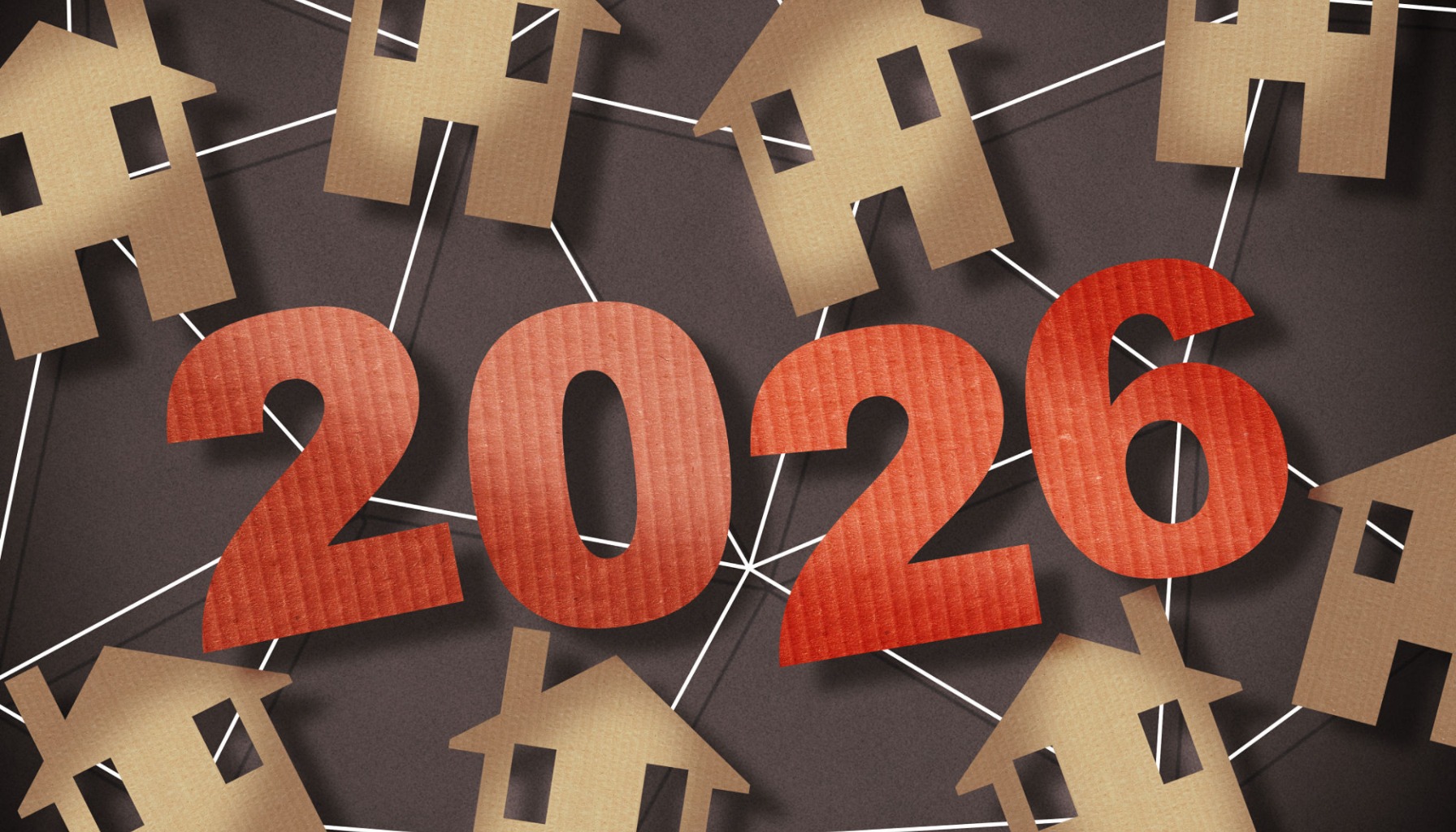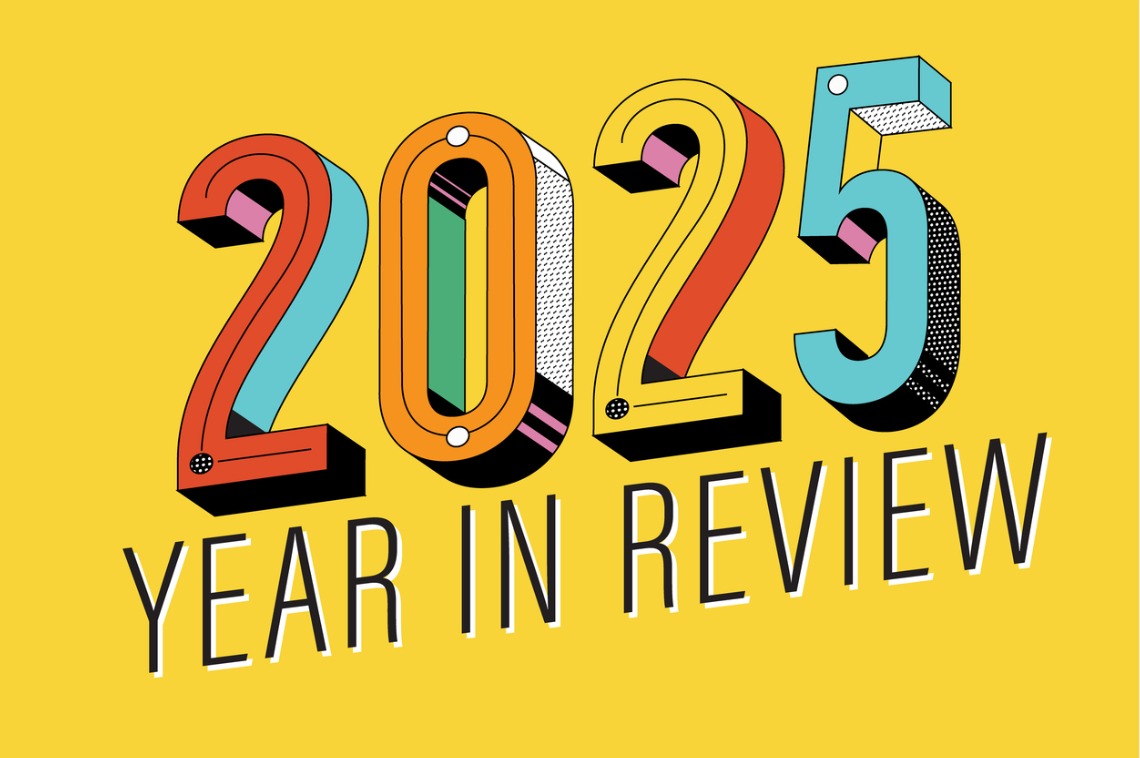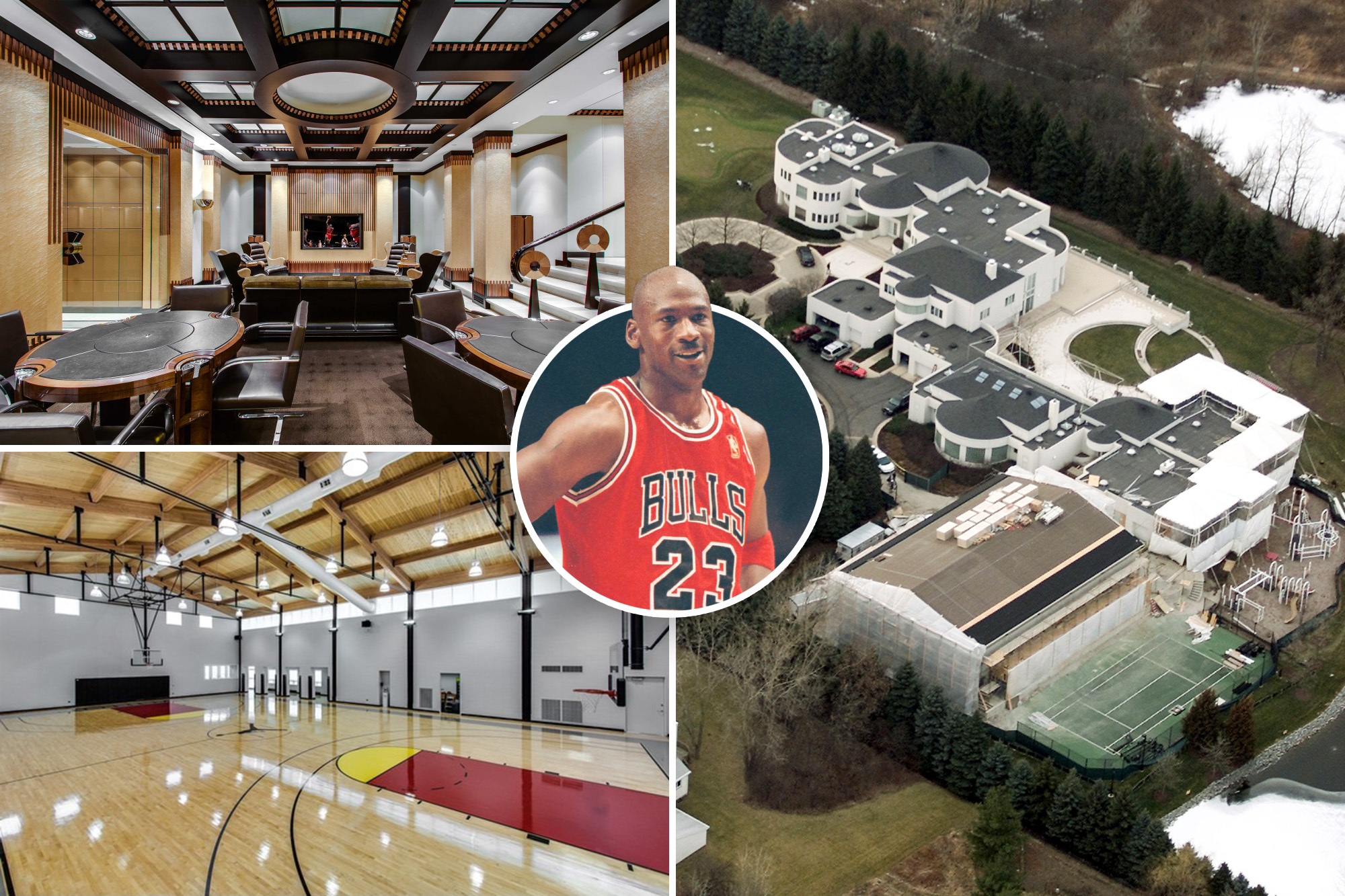*
*2026 Real Estate Outlook: A Quiet Recovery**
**Market Context**
The pandemic‑era frenzy—low rates, remote work, and a surge in home buying—tipped prices up more than 40 % in a few years. The Fed’s subsequent rate hikes pushed mortgage costs back toward 6 %‑plus territory, stalling demand and locking many homeowners into low‑rate contracts. As of late 2025, rates sit around 6.5‑6.7 %, inventory remains tight (≈4.5 million homes short), and builders are ramping up new construction.
**Current State**
The market has settled into a “just‑right” phase: no dramatic boom or bust, but a modest, steady recovery. Home prices are largely flat, with only slight year‑over‑year gains. The economy is growing at 2 %–2.2 % and unemployment is 4.3 %–4.6 %, providing a stable backdrop for gradual price appreciation.
**2026 Forecast**
- **Zillow** projects a 0.4 % national price rise from mid‑2025 to mid‑2026.
- **Fannie Mae** expects about 3.6 % growth.
- **NAR** forecasts median prices near $420 k, a 2 % increase.
These modest gains stem from easing rates and a slowly expanding supply, but the persistent inventory shortfall keeps price spikes unlikely.
**Regional Variations**
| Region | Expected Change | Notes |
|--------|-----------------|-------|
| Northeast & Midwest | +3 % to +4 % | Affordability and job growth lift demand. |
| Louisiana (Houma, New Orleans) | –5 % to –8 % | Local economic headwinds and supply dynamics. |
| California | +3.6 % | Population influx and investor interest. |
| Florida | +3 %–5 % | Strong rental demand and demographic growth. |
**Sales & Inventory Dynamics**
- **Existing‑home sales**: +11 %–13 % (NAR).
- **New‑home sales**: +5 %–8 % (NAR).
- **Overall surge**: +10 % if rates dip below 6 % (Fannie Mae).
- **Inventory outlook**: Baby Boomers may release up to 14.6 million homes by 2036, with a notable uptick starting in 2026.
- **New construction**: ~1.05 million single‑family homes expected in 2026.
**Interest Rates & Affordability**
Fannie Mae forecasts the average 30‑year fixed rate to fall to ~5.9 % by end‑2026, a significant drop from current levels. Lower rates will lift affordability, though monthly payments will still exceed pre‑pandemic figures. Rising rents may further incentivize home purchases.
**Economic Drivers**
- **GDP growth**: 2.0 %–2.2 % (Deloitte, CBO, Univ. of Michigan).
- **Unemployment**: 4.3 %–4.6 % (Fed, S&P Global, Philadelphia Fed).
Stable employment and modest growth support confidence in large‑scale purchases.
**Risks to Watch**
- **Inflation**: A resurgence could force the Fed to keep rates high, slowing recovery.
- **Insurance costs**: Climate‑prone areas may see higher premiums, dampening demand.
- **Global supply chain**: Trade tensions could raise construction material costs.
- **Stock market volatility**: A sharp downturn could curb consumer confidence.
**Opportunities by Role**
| Role | Strategy |
|------|----------|
| **Buyer** | • Wait until mid‑2026 for a broader inventory.
• Target metros with strong value and growth potential.
• Use affordability calculators to gauge purchasing power. |
| **Seller** | • Price competitively from the outset.
• Highlight key home strengths through staging and marketing.
• Aim for spring listings when demand peaks. |
| **Investor** | • Focus on high‑demand rental markets (Florida, Midwest).
• Prioritize long‑term appreciation and steady rental income over quick flips. |
**Conclusion**
The 2026 housing market is poised for a balanced, modest rise rather than a dramatic surge or collapse. Interest rates easing and a gradual increase in supply will lift prices slightly, but the tight inventory and higher rates keep volatility low. Staying informed about rate movements, local market conditions, and economic indicators will help buyers, sellers, and investors navigate this steady recovery.
**Get Involved**
Explore high‑quality, ready‑to‑rent properties that deliver consistent returns.
Call our investment counselors (no obligation): (800) 611‑3060.
Start building your portfolio today.













